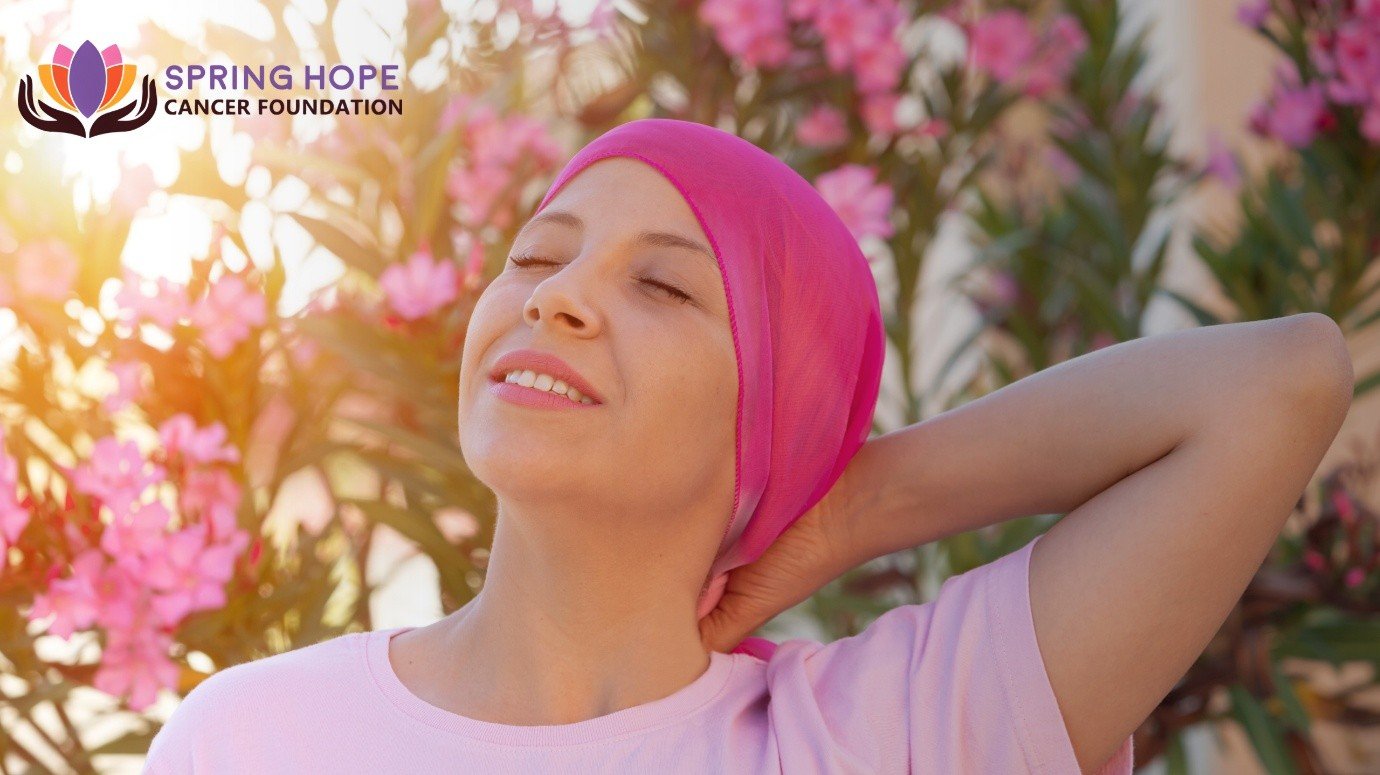
At the Spring Hope Cancer Foundation, we recognize that the conclusion of treatment marks the beginning of a new chapter, one that is full of questions, hope, and real changes. Families, caregivers, and survivors can set more reasonable goals and feel less isolated when they know what to expect next. This guide lays out medical, emotional, and practical information to help you make sense of life after cancer.
One of the clearest post cancer expectations is the emotional rollercoaster that survivors go through. Anxiety, grief, and uncertainty are frequently accompanied by relief and joy. Many people believe that after treatment, they will only feel happy, but the truth is more complex. A persistent fear of recurrence may be triggered by routine aches or insomnia. Important first steps include asking for help and making room for conflicting feelings.
Setting small, attainable goals to regain confidence, journaling to monitor patterns, and regular gentle movement to support mood are all examples of practical coping strategies. For those whose everyday functioning is impacted, professional support, such as grief work, cognitive behavioural therapy, counselling, or trauma-focused therapy, can be life-changing. Additionally, survivor meetups and peer-led groups provide a special sense of acceptance and knowledge.
Healing on a physical level takes time. Survivors often have to deal with new health priorities and lingering side effects. Managing post cancer expectations about energy, mobility, and long-term risks prepares you for the road ahead.
Typical issues and approaches:
Recovery can be accelerated and quality of life enhanced with a rehabilitation plan that includes physiotherapists, occupational therapists, dietitians, and rehab specialists.
Resuming previous roles or returning to work can be both liberating and draining. Managing post cancer expectations regarding endurance and concentration aids in negotiating a mild, long-term return.
Practical advice:
Everyone's transition goes more smoothly when there is a clear return-to-work plan, written goals, and open communication.
Cancer changes relationships. Family, friends, and partners might be very supportive or unsure of how to assist. Realistic post cancer expectations include both strengthening bonds and encountering moments of isolation.
Ways to manage relationships:
Sessions of family or couples therapy can occasionally help to reestablish equilibrium and lessen the burden of emotional responsibility on any one individual.
Although no one modification ensures that a recurrence won't happen, many survivors find that making small lifestyle changes empowers them. Making decisions based on attainable objectives is a good method to achieve shared post cancer expectations about health and resilience.
Practical habits:
Establish modest, quantifiable objectives (walking for 20 minutes three times a week, for example) and acknowledge your accomplishments.
A monitoring schedule is frequently part of survivorship in order to manage late effects and detect recurrence early. Anxiety is decreased and proactive health is encouraged when follow-up expectations are clear and reasonable.
Elements of effective follow-up:
Practical tools like a health journal or secure digital files make visits more efficient and help coordinate multiple specialists.
Stress can be increased by expenses, insurance inquiries, and daily logistics. A key component of the recovery plan is anticipating financial difficulties.
Action steps:
Preparing for energy constraints in advance, like scheduling grocery delivery or housecleaning services, lowers resistance during recovery.
"Normal" after cancer rarely looks the same as it did before, and that's frequently a sign of a new purpose. Many survivors establish a "new normal" that honours their accomplishments as well as their losses.
Instances of meaning-finding:
A journey of adaptation, resiliency, and reinvention characterizes life after cancer. You can handle the ups and downs with more confidence if you set reasonable goals, establish reassuring routines, and maintain communication with your healthcare team. Keep in mind that each survivor's journey is different and that meaningful progress is made by taking tiny, consistent steps. We at the Spring Hope Cancer Foundation support survivors as they reevaluate their purpose and well-being following treatment.
Your donations are tax exempted under
80G of the Indian Income Tax Act.
Your donation transactions are
completely safe and secure.
Newsletter